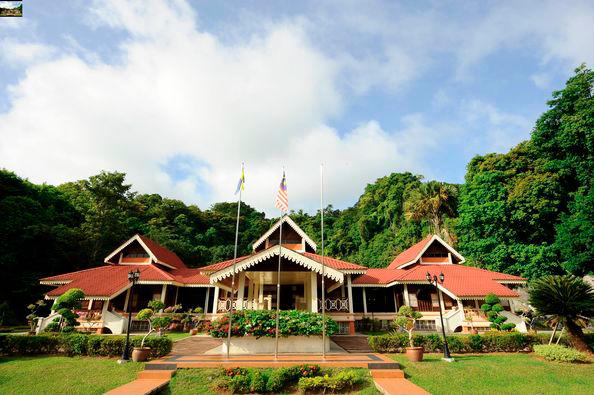INDEPENDENCE Day is an opportune time to hop into the nation’s rich history. Each state in Malaysia offers unique, historically significant sites that narrate stories from the past.
This Merdeka month, go on a journey to explore these treasures and gain a deeper appreciation for Malaysia’s heritage.
Here’s a look at one significant historical site from each state.
Kota Kayang Museum (Perlis)
Located in the serene state of Perlis, the Kota Kayang Museum is a must-visit for history enthusiasts. The museum, once the residence of Perlis royalty, is a treasure trove of artefacts spanning various historical periods, including the Neolithic era. The museum’s collections provide insights into the state’s royal heritage, early settlement and cultural evolution. Visitors can explore ancient manuscripts, traditional costumes and archaeological findings, making it a fascinating start to a historical tour of Malaysia.
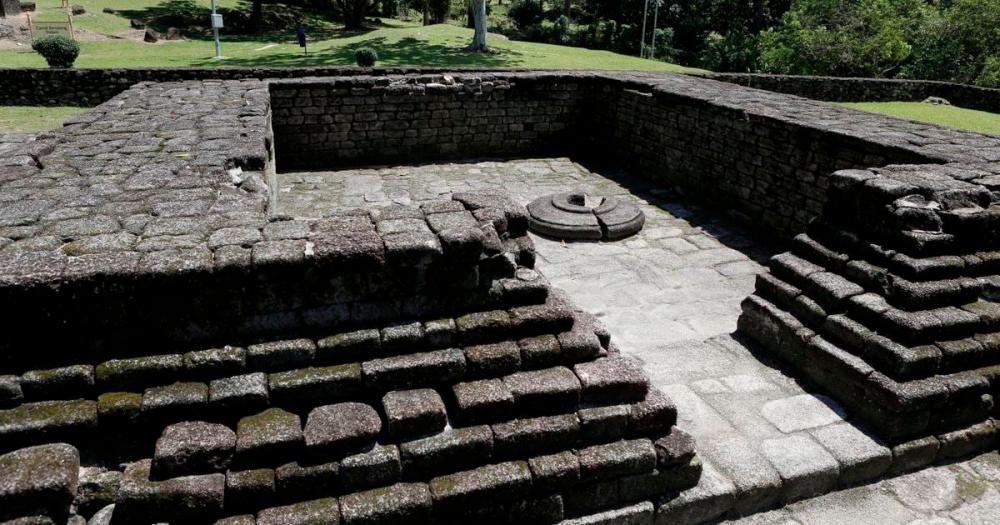
Bujang Valley archaeological site (Kedah)
Kedah, often referred to as the “rice bowl” of Malaysia, is home to the Bujang Valley, one of Southeast Asia’s most important archaeological sites. This ancient complex, dating back to the first century AD, features the remnants of stone candi (temples) and artefacts from early Hindu-Buddhist civilisations. The Bujang Valley offers a glimpse into Malaysia’s pre-Islamic past and its connections with ancient trade routes and cultural exchanges.
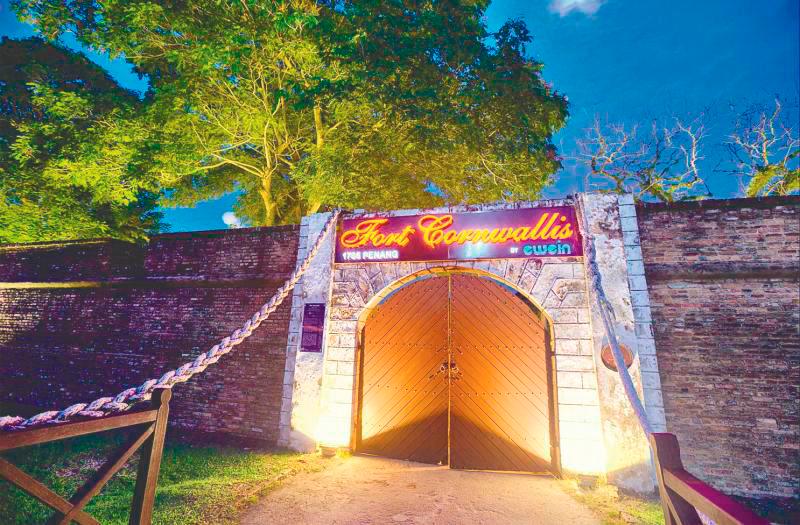
Fort Cornwallis (Penang)
Penang’s Fort Cornwallis, located in George Town, is the largest standing fort in Malaysia and a key historical landmark. Built by the British East India Company in the late 18th century, the fort played a crucial role in the colonial era. Today, visitors can explore the fort’s well-preserved cannons, chapel and lighthouse.
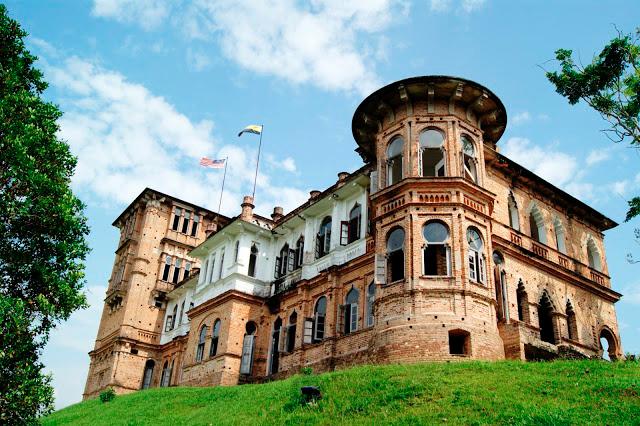
Kellie’s Castle (Perak)
Perak’s Kellie’s Castle, an unfinished mansion located near Batu Gajah, is a great example of colonial ambition and architectural grandeur. Built by Scottish planter William Kellie-Smith in the early 20th century, the castle features a blend of Scottish, Moorish and Indian architecture. Its mysterious history, including tales of secret tunnels and ghostly sightings, adds to its allure. A visit to Kellie’s Castle offers a unique glimpse into the opulent lifestyle of colonial planters and the challenges they faced.
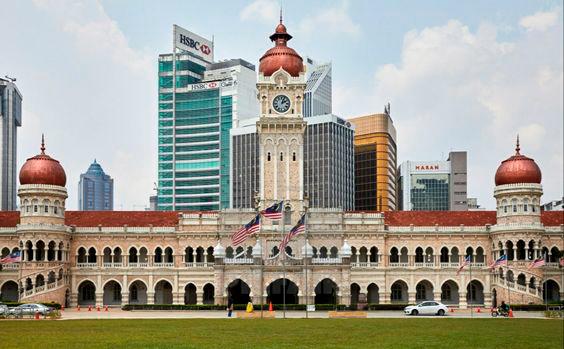
Sultan Abdul Samad Building (Kuala Lumpur)
The Sultan Abdul Samad Building stands as an iconic symbol of Malaysia’s colonial heritage. Located in Kuala Lumpur, this Moorish-style building was completed in 1897 and served as the British administrative centre. Today, it houses the Communications and Multimedia Ministry as well as the Tourism and Culture Ministry. The building’s distinctive architecture, featuring copper domes and a 41-metre-high clock tower, makes it a striking landmark in the heart of the city.
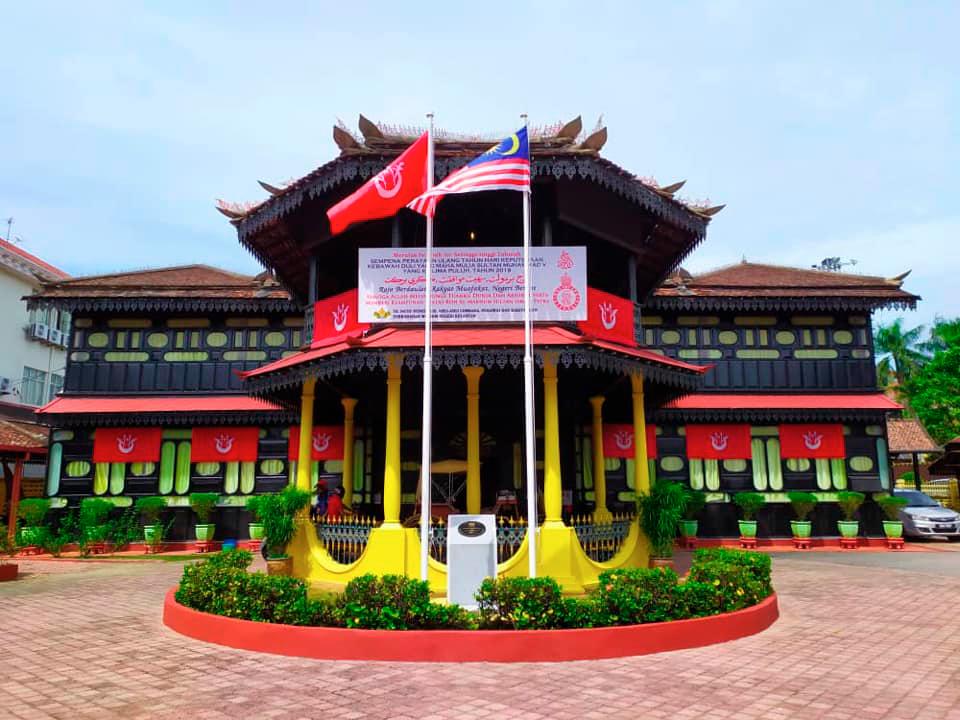
Istana Jahar (Kelantan)
Istana Jahar is a remarkable historical site that offers a glimpse into the state’s royal heritage. Built in 1855 by Sultan Muhammad II for his grandson Long Kundur, the palace is a beautiful example of traditional Malay architecture. Today, Istana Jahar serves as a museum, showcasing Kelantanese culture, including royal regalia, traditional costumes and ceremonial artefacts.
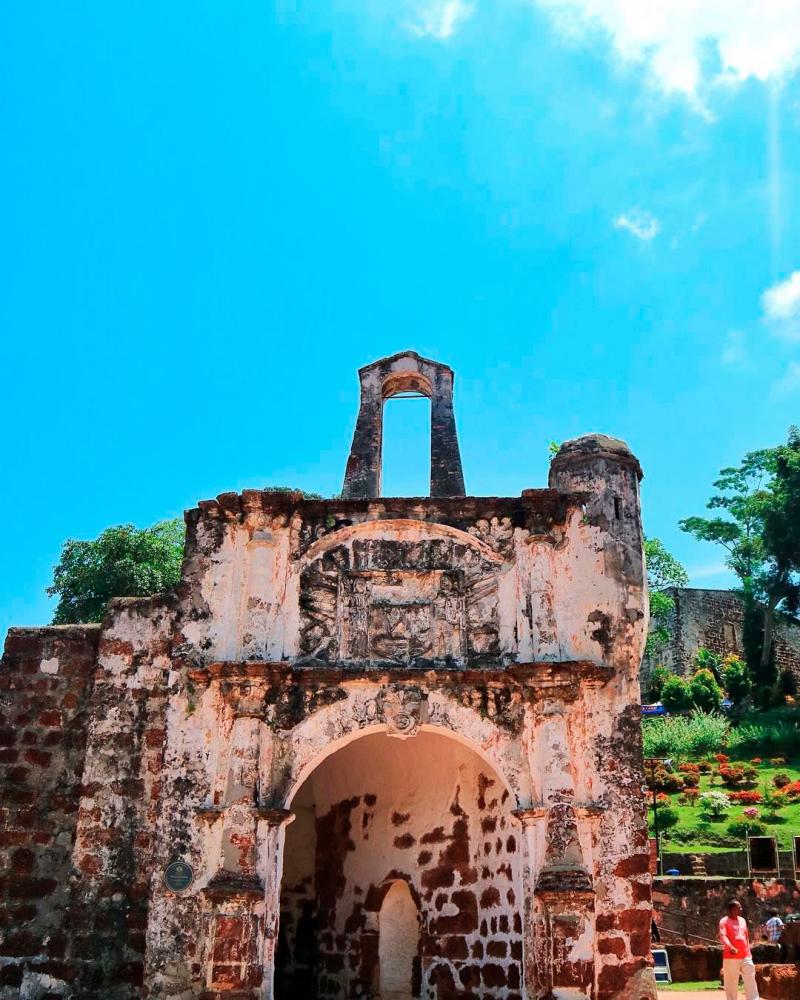
A Famosa (Malacca)
Malacca, a Unesco World Heritage site, is renowned for its historical landmarks and A Famosa is one of its most iconic. This Portuguese fortress, built in the early 16th century, once served as a military stronghold. Although much of the fortress was destroyed, the surviving gatehouse, Porta de Santiago, remains a symbol of Malacca’s colonial past. Exploring A Famosa allows visitors to appreciate the strategic significance of Malacca in the spice trade and its role in shaping the nation’s history.
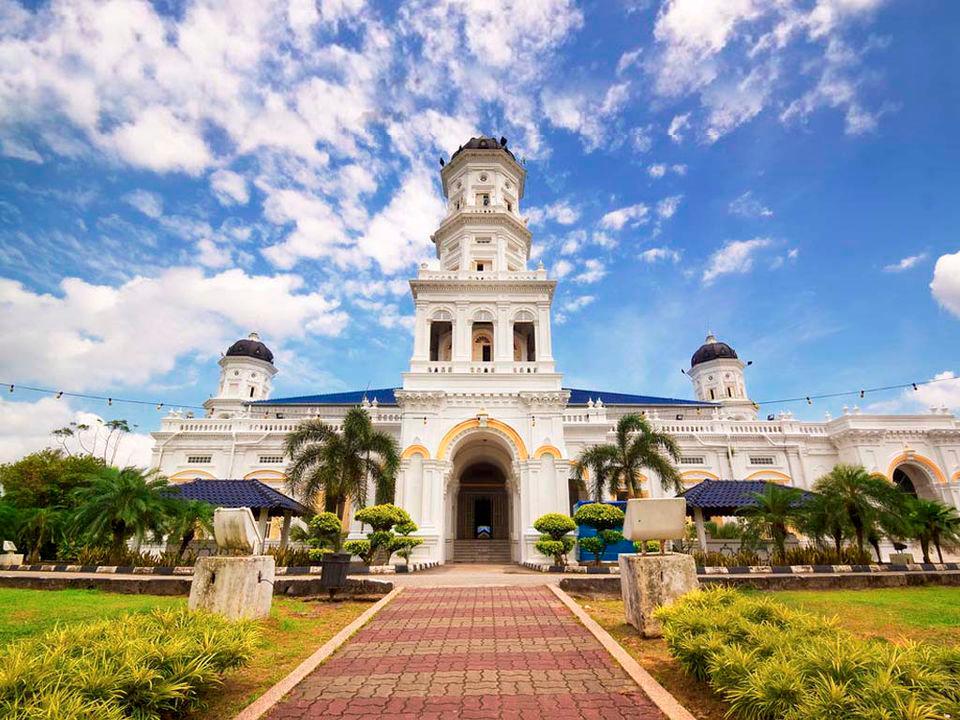
Sultan Abu Bakar State Mosque (Johor)
In Johor, the Sultan Abu Bakar State Mosque is a stunning example of architectural beauty and historical significance. Built between 1892 and 1900, the mosque combines Victorian and Moorish architectural styles and is situated on a hill overlooking the Straits of Johor. The mosque not only serves as a place of worship but also as a symbol of Johor’s rich history and cultural heritage. Visitors can admire the mosque’s elegant design and learn about its importance in the state’s history.
This Merdeka weekend, take the opportunity to explore these historically significant sites and gain a deeper appreciation for Malaysia’s rich and diverse heritage. Each state offers a unique story and by visiting these landmarks, you can connect with the nation’s past and celebrate its journey towards independence.



